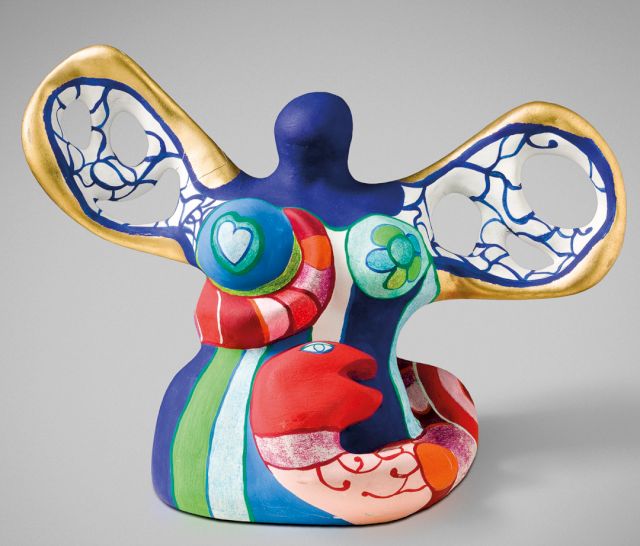Independent Collectors
Didrichsen Art Museum
In 1965, Marie-Louise and Gunnar Didrichsen created a space that would bring the art they loved to future generations of Finns

With its diversely-themed exhibitions, modern Finnish architecture, and international ambiance, the Didrichsen Art Museum continues to entice visitors from all over the world.
Helsinki’s Didrichsen Art Museum grew out of a passion for art. When Marie-Louise and Gunnar Didrichsen added a wing to their sleek, modernist villa – a building designed by the Finnish architect, Viljo Revell – they sought to create a space that would bring the art they loved to future generations of Finns. Since its opening, the gallery’s rich historic holdings have combined with an ambitious programme of temporary exhibitions to create one of the most unique and important art spaces in Finland’s capital.
To reach the Didrichsen Art Museum, one must cross the serene waters of the Laajalahti Bay, and, on a good day, catch the warmth of the sun as it filters through the rank of pines that overlook the clean lines of the Didrichsen’s surfaces. The collection is a mix of local and international, contemporary and heritage works. Legér still-lifes and Giacomettis share space with giants artists from the Finnish pantheon like Eila Hiltunen and Eero Hiironen. As Finnish artists rarely get the kind of sustained attention they deserve outside of their home country, the Didrichsen provides an excellent introduction to a tradition marked by a deep organicism and a fierce commitment to modernity.
One of the true highlights of a trip to the Didrichsen is its collection of pre-Columbian art. These works are housed in the lower level of the gallery, a low-slung room with crepuscular lighting that creates a sense of reverence and awe. There is something incongruous about standing face to face with figures from Mesoamerica in the middle of a modernist art space in Helsinki, but the feeling of cultural vertigo is underwritten by an exquisite eye for detail and curatorial integrity. Particularly entrancing is a clay figure from the Olmec culture, the first known civilisation to emerge in the territory of contemporary Mexico, depicting a double-faced human head. The faces converge on a central eye in ways that the European viewer may, perhaps, associate with the aesthetics of surrealism, but, of course, the Olmecs reached their cultural zenith more than 1000 years before the Common Era. To look into the three eyes of the head is to confront a human heritage that is unreachably distant yet also somehow palpable and immediate.
The museum is also home to the only public sculpture park in Helsinki. The park brings together work by international icons of modernist sculpture like Henry Moore as well as by pioneering Finnish artists like Laila Pullinen and contemporary Finns including Eero Hiironen. The park strikes a meditative balance between solitude and human presence. As you walk among the wildflowers and trees, the sculptures feel less like an imposition on nature than an extension of the surrounding ecology. Looking out over the sea by the pier that defines the boundaries of both the garden and the island there is a pervasive sense of both the isolation of the location, but also of a potential to reach out and make contact with the wider world. The Didrichsen’s interiors and holdings demonstrate how profound that connection has been, and how enduring.
Didrichsen Art Museum is featured in the BMW ART GUIDE by INDEPENDENT COLLECTORS.
For more information visit the Didrichsen Art Museum.













All images courtesy Didrichsen Art Museum, Helsinki.